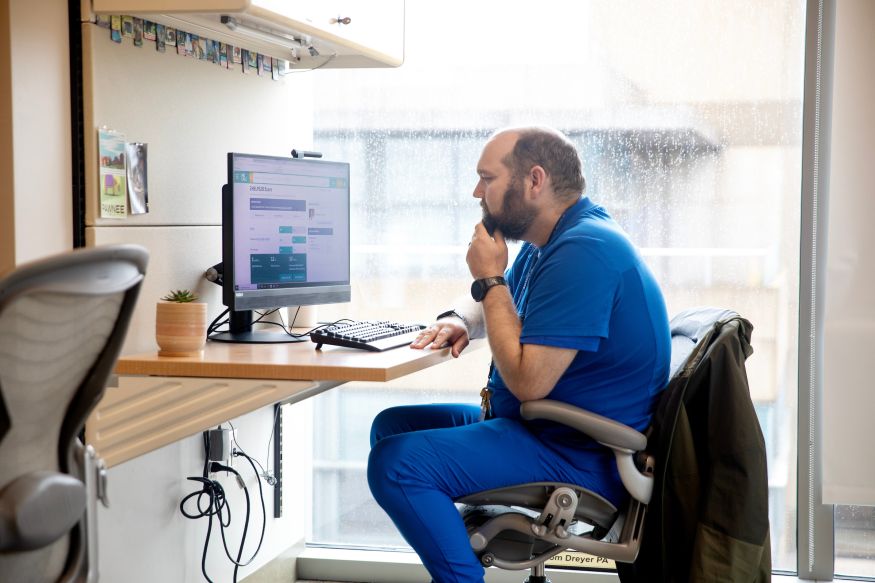
Tool That Helps Predict Brain-Damaging Seizure
In 2016, a team at MIT led by current Duke computer scientist Cynthia Rudin with then Ph.D student Berk Ustun and neurologist colleagues Aaron Struck and Brandon Westover began work on a new tool for doctors to use. The team crunched data from thousands of patients using artificial intelligence to create a better way to quickly evaluate brain injury patients.
The resulting scorecard – called “2HELPS2B,” assigns points to patients based on the patterns found in their cEEG data. It quickly estimates a probability that a patient would have a seizure in a range from 5 to 95 percent.
“There was no model to do this before,” said Rudin, whose work was funded by the National Science Foundation and currently receives funding also from the National Institutes of Health.
Rudin is a Duke professor of engineering and computer science who previously worked at MIT; it was during her time at MIT that she began work on this project.
Rudin’s team used a machine learning algorithm that evaluated about 70 different factors derived from data from more than 5,000 patients, a complicated process that took several years to perfect.
Now, a brain monitoring process that once took up to two days is done as fast as 60 minutes, said Westover, the Harvard neurologist.
The cEEG monitor derives data on a patient’s brain activity that a specialist evaluates using the scorecard. The scorecard assigns points to factors such as whether a certain electrical pattern is present, or whether the patient has had a prior seizure. A score of zero means a patient is very unlikely to have a seizure; a score of 2 suggests a likelihood of a seizure is 27 percent; a score of 6 or more is the maximum – which helps doctors allocate resources effectively.
“It’s a very, very useful tool,” Westover said. “In critical care, the person who needs brain monitoring is usually confused or comatose, so you have no idea whether they’re having seizures now. Seizures can damage the brain, and if they have a brain injury already, a seizure will make it worse.”
A March 2025 study by UNC Chapel Hill researchers found that it has produced significant benefits. Their study, published in the journal Neurology, found that the scorecard can help hospitals quickly determine which patients were low risk and move their resources to other, more critical ones. Doing so made more efficient use of the monitors without compromising the ability to accurately predict seizures, the study concluded.
One of the scorecard’s best features is its simplicity; it doesn’t require any complicated mathematics, just a quick tally of small numbers, only 1’s and 2’s. That’s one reason it’s now widely used, Westover said.
“It’s ubiquitous now,” he said. “My estimate would be that at least 90 percent of hospitals, if they have any ICU EEG services at all, will use this scorecard.”
It is particularly satisfying to Rudin that the tool, publicly funded by taxpayers through the federal government, is available on the Internet for anyone to use.
“You can’t do this if you work at a private company,” Rudin said. “The only way I can make my models and algorithms public is because I am funded in a way that lets me do something for the public good. My goal is to make tools that everyone can use.”
https://today.duke.edu/2025/05/tool-helps-predict-brain-damaging-seizure


